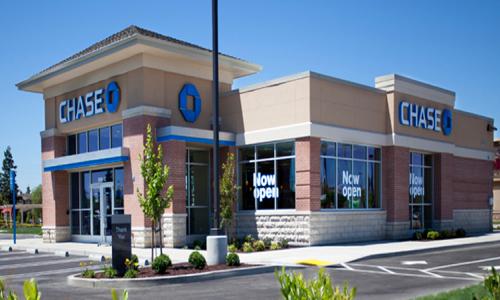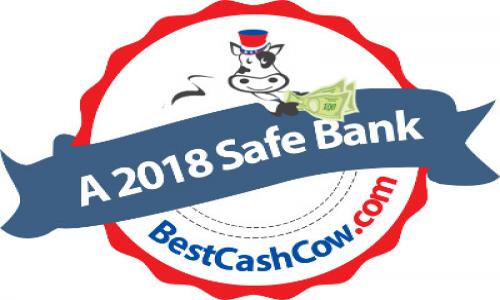I have discussed structured notes at some detail in earlier articles on this site, including this article which was published in 2011 when major banks began offering structured notes again in earnest following the 2008-2009 banking crisis and this article which was published in June 2013 when JP Morgan began to offer its 15 year dual hybrid structured note after a year long period in which long term interest rates were too low for it to fund these operations.
Structured notes are effectively unsecured bank debt with certain conditions that enable the bank to gross up the return that it is offering. Essentially, the bank is selling options against the capital it raises in order to fund a much higher return on the offering than where its unsecured debt might be trading. The return is also higher because the bank has an option to call the note at par quarterly after the first year. In short, I believe that structured notes often represent a good opportunity for investors to pick up yield by taking on negligible risks and I myself generally invest certain amounts of capital in these notes intending to hold them to maturity.
The JP Morgan notes, which it routinely issues and calls Hybrid Range Accrual Notes, only pay interest during those periods in which 6 month LIBOR rates remain between 0 and 6% and the S&P 500 falls by no more than 20% from its level at closing. My June article discussed the risks involved in these contingencies and the real risk that interest might not accrue for long periods while these notes are outstanding.
The most remarkable thing about the latest issue obviously is how much more interest JP Morgan Chase is prepared to give than when it issued the very same notes in June. The June notes, which were identical in term and in conditions, were offered at 6.50% (on closing the price was set at 6.65%). It is now clear that an investor would have been much better served to settle for 0.85% in a savings account for the last 2 and half months than to have locked into a 15 year note that is now trading around 90 cents on the dollar.
In an environment where the 10 year Treasury is now trading close to 3%, but will very likely be trading between 4 and 5% in a year, investors should be very careful before locking into structured notes, just as they should before locking into any bonds in a fast rising interest rate environment. While the opportunity to make 7.50% on a fixed income investment seems very attractive in the current low rate environment, my guess is that JP Morgan Chase and Morgan Stanley will very shortly be offering similar notes with coupons north of 8% and with conditions that are less likely to cause interest payments to be halted (such as a LIBOR period between 0 and 7% or 0 and 8%, instead of 0 to 6%).
Prudent investors will find that rising interest rate environments like this are a good time to hold cash and you will find the best rates on cash by clicking on the savings tab above.
Those seeking more information on this offering can find it under CUSIP 48126D6Z7.









Comments
Sol
September 12, 2013
I agree. I wouldn't lock into a long term note or bond at this point. Same goes for a long-term CD (4-5 years). It looks like interest rates are heading up and being long these instruments is not a good place to be.
Is this review helpful? Yes:2 / No: 1
David Barrington
September 13, 2013
I have been in risk with a major bank for years. My analytic model shows at least five major risks here. One is default risk (very low). Second is call risk (which from an analytic model is low). Third is market risk of S&P falling (moderate to high). Fourth is interest rate risk (moderate, but less significant that you suggest). Fifth is LIBOR risk (this shows us as extreme on an analytic model since 6 month LIBOR has been much higher over the last 15 years). With these risks, we would not invest because it isn't suitable for the bank, but it may be suitable for a long term investor with a long time horizon because there is very low risk to principal (only default risk).
Is this review helpful? Yes:1 / No: 1
Add your Comment
use your Google account
or use your BestCashCow account